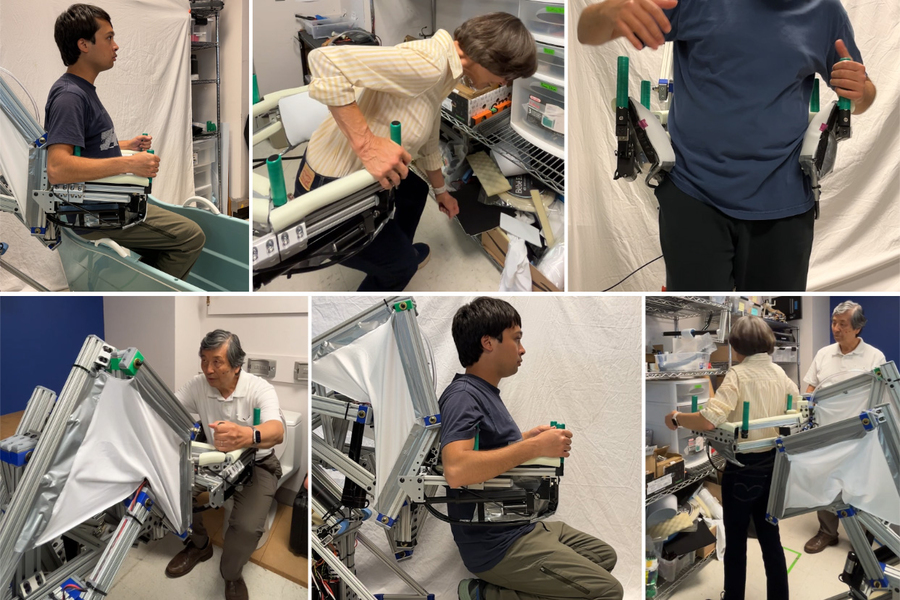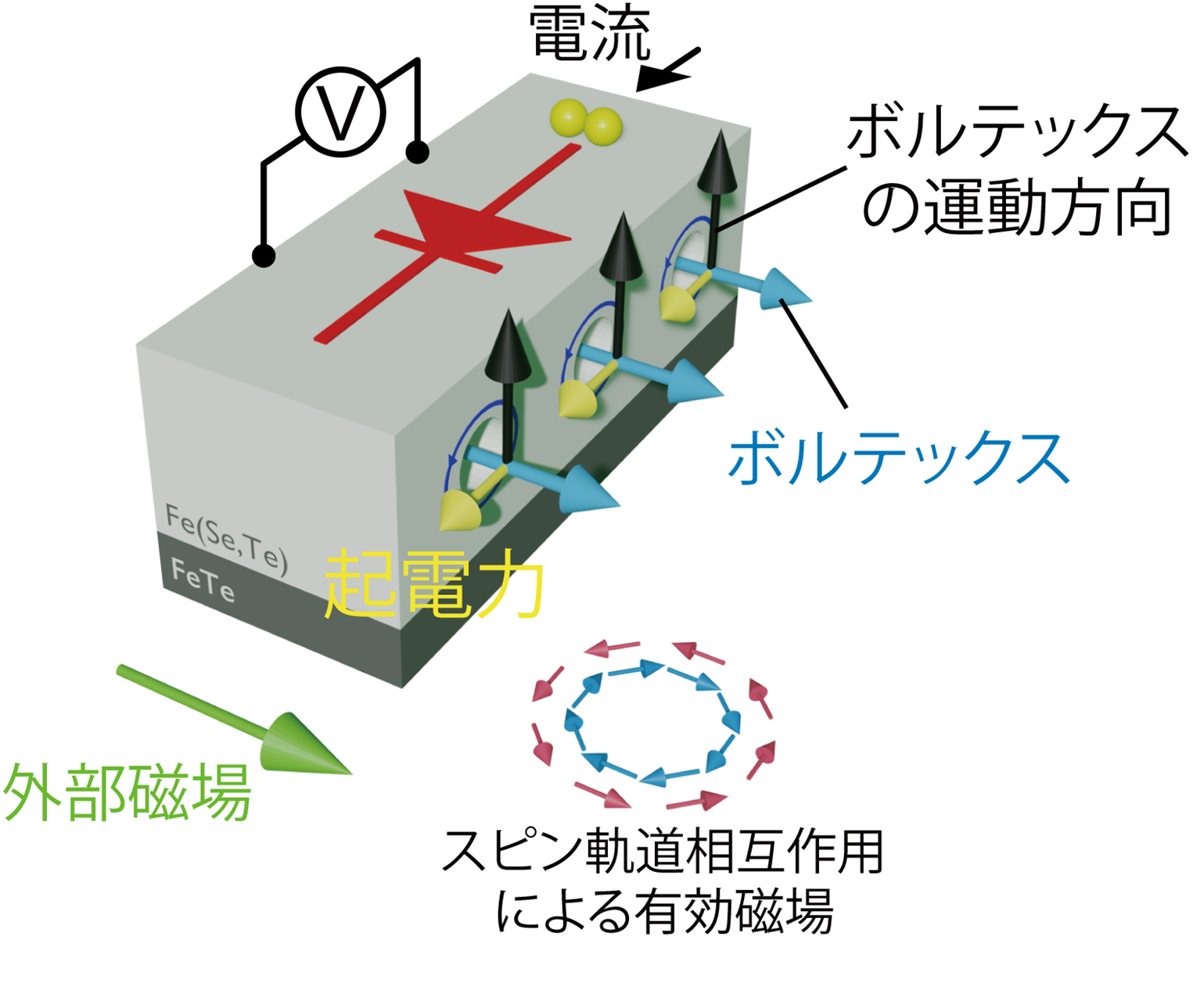2025-05-13 マサチューセッツ工科大学(MIT)

Six of multiple possible assistance scenarios with a prototype of a new robot being developed at MIT. Top row: getting into/out of a bathtub, bending down to reach objects, and catching a fall. Bottom row: powered sit-to-stand transition from a toilet, lifting a person from the floor, and walking assistance. Image: Courtesy of the researchers
<関連情報>
- https://news.mit.edu/2025/eldercare-robot-helps-people-sit-stand-catches-them-fall-0513
- https://dspace.mit.edu/handle/1721.1/159256
高齢者身体支援ロボット(E-BAR): ハーネスなしで体重支持、歩行補助、転倒受け止めが可能なロボットシステム Elderly Bodily Assistance Robot (E-BAR): A Robot System for Body-Weight Support, Ambulation Assistance, and Fall Catching, Without the Use of a Harness
Bolli, Roberto; Asada, Harry
Description:2025 IEEE International Conference on Robotics & Automation, 19–23 May, Atlanta, USA
DOI:https://hdl.handle.net/1721.1/159256
Abstract
As over 11,000 people turn 65 each day in the U.S., our country, like many others, is facing growing challenges in caring for elderly persons, further exacerbated by a major shortfall of care workers. To address this, we introduce an eldercare robot (E-BAR) capable of lifting a human body, assisting with postural changes/ambulation, and catching a user during a fall, all without the use of any wearable device or harness. Our robot is the first to integrate these 3 tasks, and is capable of lifting the full weight of a human outside of the robot’s base of support (across gaps and obstacles). In developing E-BAR, we interviewed nurses and care professionals and conducted userexperience tests with elderly persons. Based on their functional requirements, the design parameters were optimized using a computational model and trade-off analysis. We developed a novel 18-bar linkage to lift a person from a floor to a standing position along a natural trajectory, while providing maximal mechanical advantage at key points. An omnidirectional, nonholonomic drive base, in which the wheels could be oriented to passively maximize floor grip, enabled the robot to resist lateral forces without active compensation. With a minimum width of 38 cm, the robot’s small footprint allowed it to navigate the typical home environment. Four airbags were used to catch and stabilize a user during a fall in ≤ 250 ms. We demonstrate E-BAR’s utility in multiple typical home scenarios, including getting into/out of a bathtub, bending to reach for objects, sitto-stand transitions, and ambulation.



